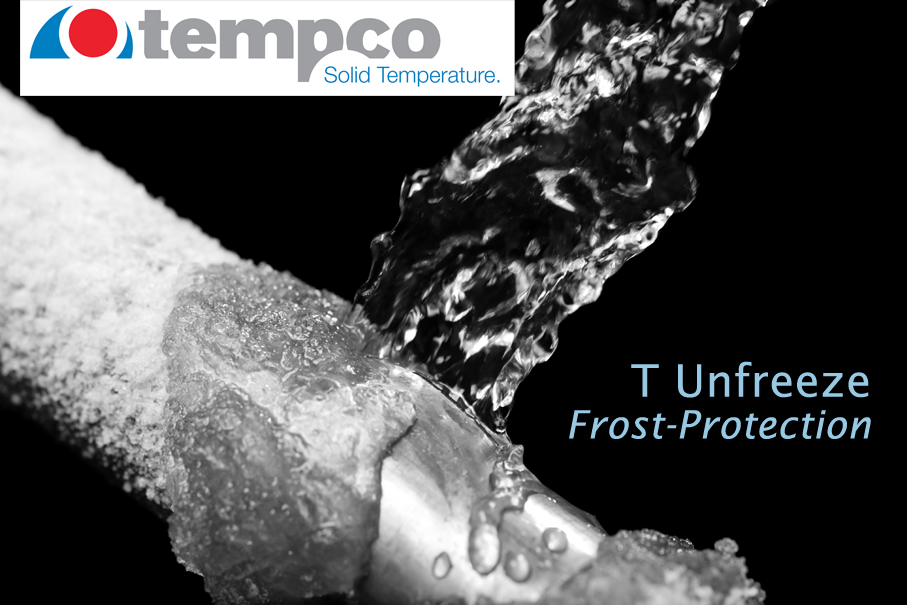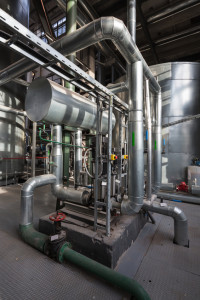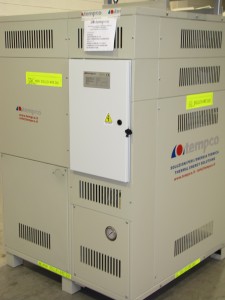The Tempco team would like to wish you Joy for the Holidays, a Merry Christmas and a Happy and Successful New Year!
Merry Christmas to all of our partners and customers, and a Happy New 2017!
The Tempco team would like to wish you Joy for the Holidays, a Merry Christmas and a Happy and Successful New Year!
Merry Christmas to all of our partners and customers, and a Happy New 2017!
Winter’s freezing cold is insidious to cooling plants, heat exchangers and free coolers, exposed to the danger of severe and costly damages and bursts, leading to unexpected productive stops.

Tempco’s monoethylene glycol based fluid T Unfreeze ensures excellent frost-protection, as well as long-lasting corrosion protection for maximum heat transfer efficiency.
Have you already provided your plants the proper protection against the incoming cold season?
The collaboration between industries and the independent certification association Eurovent Certita Certification (ECC) led on last October to the publication of the first European thermal performance efficiency standard for cooling towers.
The Eurovent 9/12 standard has been developed during the last 14 months and is the result of the joint effort of 10 of the main European cooling towers manufacturers within the Eurovent Product Group Evaporative Cooling Equipment (PG-CT). Eurovent 9/12 sets minimum energy efficiency targets for mechanical draught evaporative cooling products, including:
– Open wet cooling towers
– Closed-circuit cooling towers
– Evaporative condensers (both in forced and induced draught configuration)
A few days ago, I wrote an article on the anodic oxidation of aluminium for the purpose outlined above, to improve the characteristics of the metal and adapt it to applications in diverse areas and environments, exploiting its properties of lightness.
There is a process of hard anodic oxidation that best exploits the mechanical characteristics and makes the aluminium suited also to uses especially aggressive in terms of resistance to stress or friction.
Aluminium is a metal used in increasingly disparate applications due to its lightness, resistance and aesthetic properties.
It is subjected to various types of treatment according to the intended use, in order to make it more resistant to corrosion or to improve its mechanical characteristics.
A typical treatment of aluminium is anodisation, the purpose of which is to increase resistance to corrosion for use in aggressive environments and outdoors.
Industrial processes make large employ of a particular kind of pumps called liquid-ring pumps, a mechanical device allowing to obtain vacuum or significantly compressed-gas chambers.
These pumps offer high performances and efficiency, but using rotating mechanical parts they generate an amount of thermal energy, dissipated in the liquid-ring increasing the fluid’s temperature. In order to keep the pump working efficiently, the water employed in the liquid-ring pump to create the vacuum requires a proper temperature control.

Liquid cooling in a liquid-ring pump is achieved with heat exchangers, usually fed with cooling water.
Plate heat exchangers in this application allow to reduce assemblies sizes, achieving an excellent thermal efficiency, keeping the liquid-ring at the suitable temperature by using water at medium-low temperature, meaning that the cooling can be achieved by employing water provided by cooling towers or dry coolers.
A couple of topics must be addressed during the engineering of heat exchangers for liquid-ring pumps applications:
– low flow rate drops
– kind of industry of application
The first point is important to avoid pump’s overload, and the second one because of industries and processes with the presence of dirt, both in working fluids and environment. In this case, anti-clog heat exchangers must be preferred making easier cleaning and maintenance activities.
The word test benches, immediately recall in our mind images of high-performance engines, sports cars or supercars
There are test benches for many kind of applications, test benches for valves, for hydraulic systems, for thermal power plants … in each case several of these involve the need to dissipate heat, or very often to evaluate and adjust so much precisely the level of energy dissipated, because from this value you can define the equipment performance you are testing.
We have developed several applications related to these devices:
All of them designed and manufactured with detection and monitoring systems, to provide accurate feedback on the test that you are making. The levels of temperature under which we operate vary from -30 ° C up to + 300 ° C.
I wrote many times about contamination of the plate heat exchanger in my articles, probably because I’m particularly sensitive to this issue.
We often talk about energy efficiency, strong heat exchange and then I find exchangers completely clogged plates.
What influences the thermal performance of heat exchangers? difficult if not impossible to re-create models of a situation that has many variables.
Certainly we can say that the performance of the system on which the exchangers are installed, is affected in a way that can not go unnoticed.
What to do to prevent this?
few things, but important… especially the last one is an obvious signal.
Until a short time before all was well and at some point it all goes wrong, no one has tampered with or changed anything, something happened!!!
Doing the same things also means making the same mistakes, then change the way in which analyzed the data of your plant … or visit our service to have simple tips.
The complete regeneration of a plate heat exchanger has a cost that may appear important, how important is the amount of energy wasted induced by the same exchanger dirty and inefficient?
The technology of composite materials is in consistent and vigorous growth.
We can find structures in composite fibers from single frames for bicycles, and ending with the realization of entire race and high-performance super-cars, not to mention aviation.
To outline the peculiarities of these fibers on this blog is a futile exercise, on line are more specialized sources. Surely we can say that the perfect temperature control in production processes is crucial to getting the project characteristics.
We have developed customized special versions that apply to the switchboards of thermoregulation TREG series, we see cutting edge in this area.
It is in fact important to maintain and regulate the temperature within a well defined range, with very limited deviations, compensating for environmental variations and process very quickly, without for this to have significant deviations from the set point.

Lately we have made some particular heat exchangers.
This is an application in the chemical, for temperature control of small laboratory reactors. Usually for these applications we use plate heat exchangers…but in this case because of some special needs we design a special tube bundle solutions.
Indeed the customer had need to pass the process fluid inside the heat exchanger, which for corrosion resistance implications, must necessarily be made of titanium. At the same time due to chemical resistance we dont find suitable gaskets. The size of the heat exchanger are so small that an “all welded” would be extremely expensive, so we made small shell and tube titanium exchangers.
For the cooling section, it has moderately cold water, and wanting to achieve a similar temperature level in the reactor jacket, we have realized a heat exchanger with very particular tube bundle, which allows to obtain the required temperatures, despite the capacity in very small dimensions.